The Cure for Homelessness – Part 3: How Rescue Missions Can Help
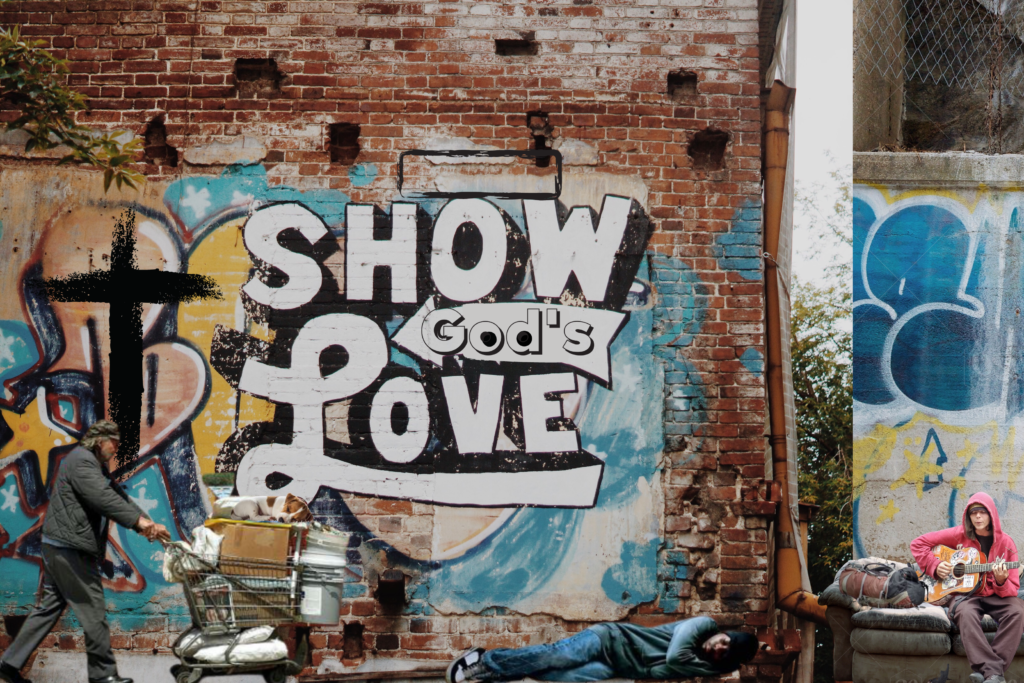
PART THREE: Not Just a Temporary Fix: How Rescue Missions Can Help Everybody
(Read Parts One and Part Two of The Cure for Homelessness here.)
“Being a person known as chronically homeless, is no life. How many times can I keep starting over from a place that doesn’t let you start at all?”- S.M., currently homeless
Community First: Belonging before Believing
It’s why long-term, faith-based rehabilitative programs such as the New Life Recovery Program can be the starting point on the road to finding freedom—and a future.
Just as Jesus’ early disciples were radically transformed by belonging before believing, we too need to know we’re first part of a family—that we are known, accepted and loved for our true selves and not the altered personality we all too often project to the world. In many cases, this personality was formed as an adaptive measure from not having our basic emotional needs met as children. When those basic needs take the form of outright neglect and abuse, the studies are clear: these traumatized children are far more likely to grow into adults plagued with the more destructive forms of addiction, such as drugs and alcohol.
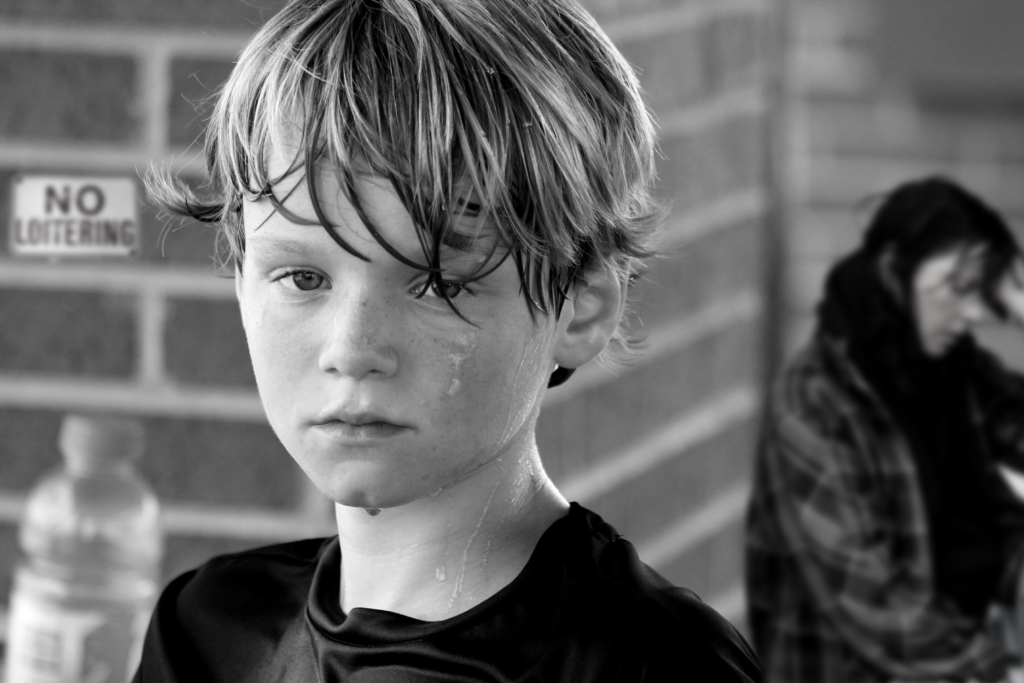
Of course, that’s not saying that only children from dysfunctional homes will stray from the straight and narrow because in a general sense all homes are “dysfunctional.” 1950’s family TV shows to the contrary, if there’s a perfect family with a perfect set of parents then we’re probably not looking at any family living on planet earth. There’s also the “little” matter of the sin nature that’s common to all mankind: pride, arrogance and rebellion. These maladies are certainly not strictly the domain of the downtrodden and the chemically dependent.

Nonetheless, addiction is more often than not the result of childhood trauma in some form or another. This is why, according to renowned trauma and addiction expert, Dr. Gabor Maté, the very first question we should ask those caught in the trap of addiction is not WHY the addiction, but WHY the pain.
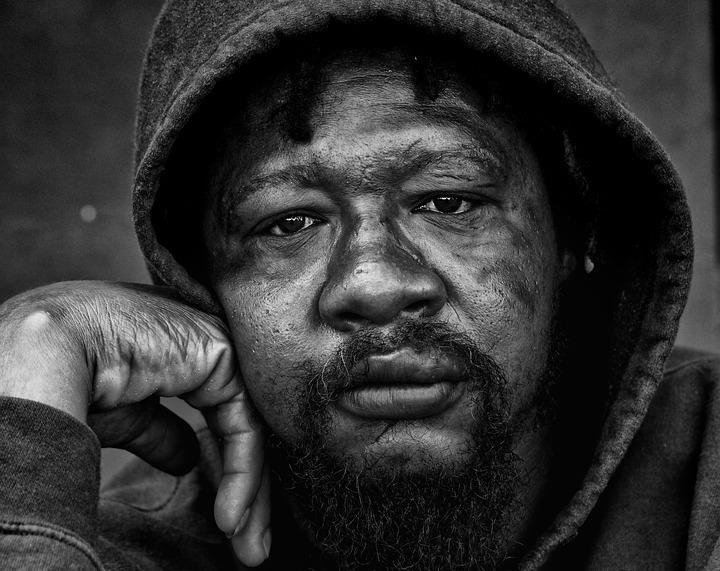
The Mission (and most faith-based missions), with its hopeful message of God’s unconditional love along with its high value for “character through community” is a proven “formula” for working through the trauma and into a place of lasting transformation. Healthy relationships and the feeling of “I’ve got your back” family can, and usually are, formed in such a setting. This fosters a “come as you are but leave changed” atmosphere where, when done right, everyone roots for one another and no one want to see anyone left behind.
Instead of those “once-in-a-blue-moon visitors” who do their sporadic homeless ministry outreach thing, you have a steady, “always comes up” sun of compassion and guidance that can help those who want to be helped find their way to a brighter future.
On a practical level, those rescue missions with the right programs in place can also be a big help in assessing who might be a good candidate for no-to-low-cost housing and who wouldn’t. This would be true for longer-term Mission guests as well, both groups of which require accountability. This is the in-between step needed in the proposed government “housing first” solution that really is no solution at all–at least not without being able to first realistically assess where an individual homeless person is in their journey. (Financially speaking it also represents a huge savings to taxpayers.)

If a heart is broken from the pain of a childhood abuse or other trauma, and/or just poor character, it needs repair. If it isn’t repaired, then four walls, furnishings and indoor plumbing isn’t going to make it whole. Instead, whatever the “go to” form of escapism is, that brokenness will simply be transferred from the street to the structure.
“We have to consider the human response to receiving something for nothing. Sadly, giving the homeless housing may be initially cheap, but it is often expensive in the long run because people too often fail to value a gift. Where I live, we gave homes to people, at huge government cost, and they trashed them. Honestly, it’s nearly impossible to accurately determine which of the homeless would value the help, and which would abuse it.” – SK, community leader
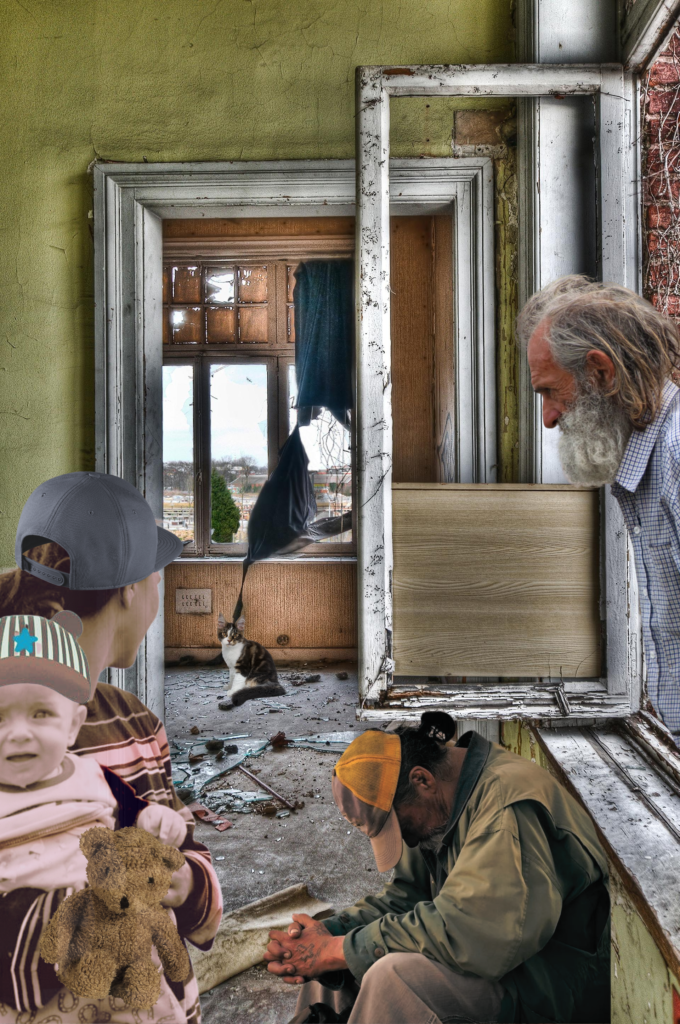
A Catalyst for Lasting Change
Rescue missions, if run correctly can help make that critical assessment—ensuring that the people who are placed in housing have, as much as possible, been vetted through extended periods of observation. Just as important, post release, rescue missions have the potential to help former guests and recovery students who have become housed “stay the course” in their journey to wholeness. These missions can remain a catalyst for lasting change through ongoing mentoring, family get-togethers, volunteer opportunities and ever evolving friendships.
It’s been said that “Home is where you go where they have to take you in.” For certain, the Good News Rescue Mission with its 18-month New Life Recovery Program is just such a place as is evidenced by the number of guests and students who return to volunteer and even work as staff members. These men and women found family there and they want to provide that same critical foundation for others.
Just in general, rescue missions have the potential to be both the starting—and the ending point—on the road to becoming homed.
“If you want to find a chance at life again, you swallow your pride and beg for opportunities. Only those will do. If you feel yourself slipping, like homelessness might happen to you, resist it with everything you do. There are plenty of great organizations who work to eliminate the conditions of those with no home and they’re a wise investment.”- Pete, formerly homeless
A Sure Foundation
Barb’s own off-and-on homelessness—a state of existence that no one would call ideal—only ended when she was able to escape from her father’s house and move into her mother’s home. Her father’s house represented constant uncertainty, insecurity and shame. Her mother’s home represented stability, peace and the essential nurturing that had long evaded her. In that process, she also found God.
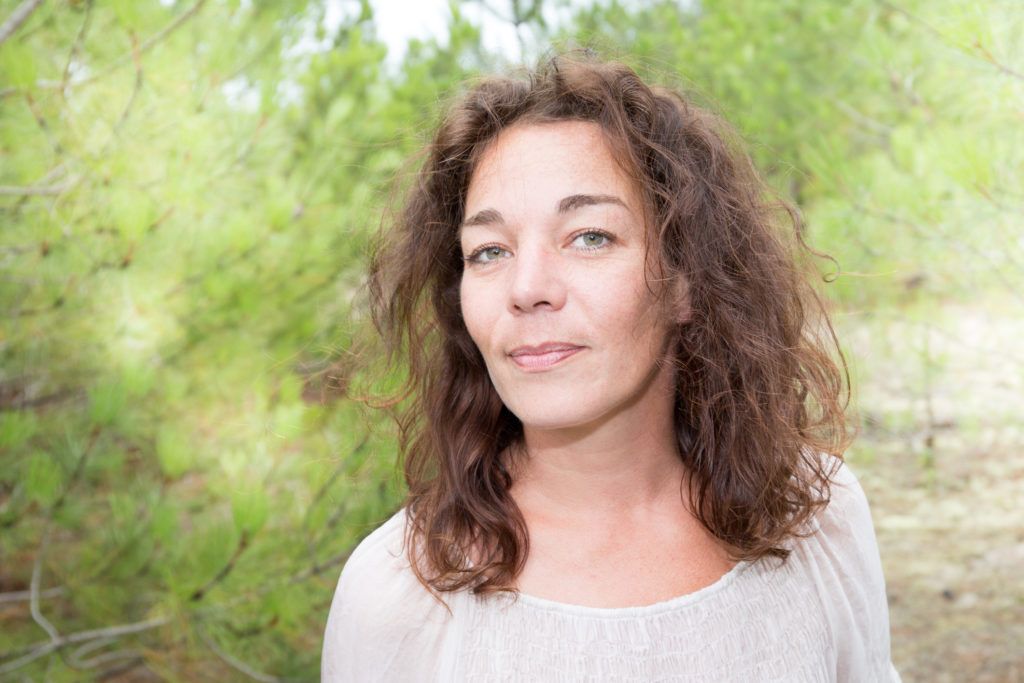
She was learning to build her life on a “sure foundation.” That foundation gave her the “eyes to see” what God had intended for her life—and the confidence that only comes from forming a strong identity—to go after it.
“Being homeless is destabilizing, demoralizing and depressing. You’ve lost your base, a foundation from which to function. It becomes hard to focus. Constant obstacles chip away at your self-esteem. You become scared, frustrated, angry, bitter, and distrustful. You’re always tired, overwhelmed. Little tasks become chores as depression saps your energy. Stress clouds your judgment. You grab at anything that looks like an opportunity, yet you feel like you’re getting nowhere.”†– P. Dyan, currently homeless

Going nowhere is not what any of us want—for ourselves or others. After all, we are each spirit beings created by a loving Creator for a purpose. Without first knowing, then fulfilling that God-given purpose, we’re set adrift, spiritual vagabonds on this earth. It’s not the lack of a physical structure that makes us “homeless” it’s the state of our hearts. We are, as Bob Dylan wrote, ““Like a rolling stone, with no direction home.”

With that in mind, it could be said that simply warehousing the homeless is like dressing up a thoroughbred that’s never run in a race and expecting him to win the Kentucky Derby. God may see him as a winner, but it’s not how they see themselves. And without His transformative power working in their lives, they never will. Shame and self-hatred, fueled by the judgment of others, will make sure of that.
If home is the starting place of love, hope and dreams then the Mission, with its life-saving Gospel message combined with character-building, identity-forming community is just what God has ordained. Such a family model helps to ensure that the once hopeless start their journey out of homelessness by first building a firm foundation of faith—safe and secure from the raging storms…both within and without. “He is like a man building a house, who dug deep and laid the foundation on the rock. And when a flood arose, the stream broke against that house and could not shake it, because it had been well built” (Luke 6:48). – jenni keast
†Paula Dyane, How Does it Feel to be Homeless? – Street Sense Media
ABOUT THE AUTHOR:
 Jenni Keast is our marketing content coordinator and a lover of jean jackets, the Great Outdoors, photography and all things mid-century. Her favorite authors are Holy Spirit (the Bible) G.K. Chesterson, C.S. Lewis, Leif Enger and Walter Isaacson, to name just a few.
Jenni Keast is our marketing content coordinator and a lover of jean jackets, the Great Outdoors, photography and all things mid-century. Her favorite authors are Holy Spirit (the Bible) G.K. Chesterson, C.S. Lewis, Leif Enger and Walter Isaacson, to name just a few.
###

